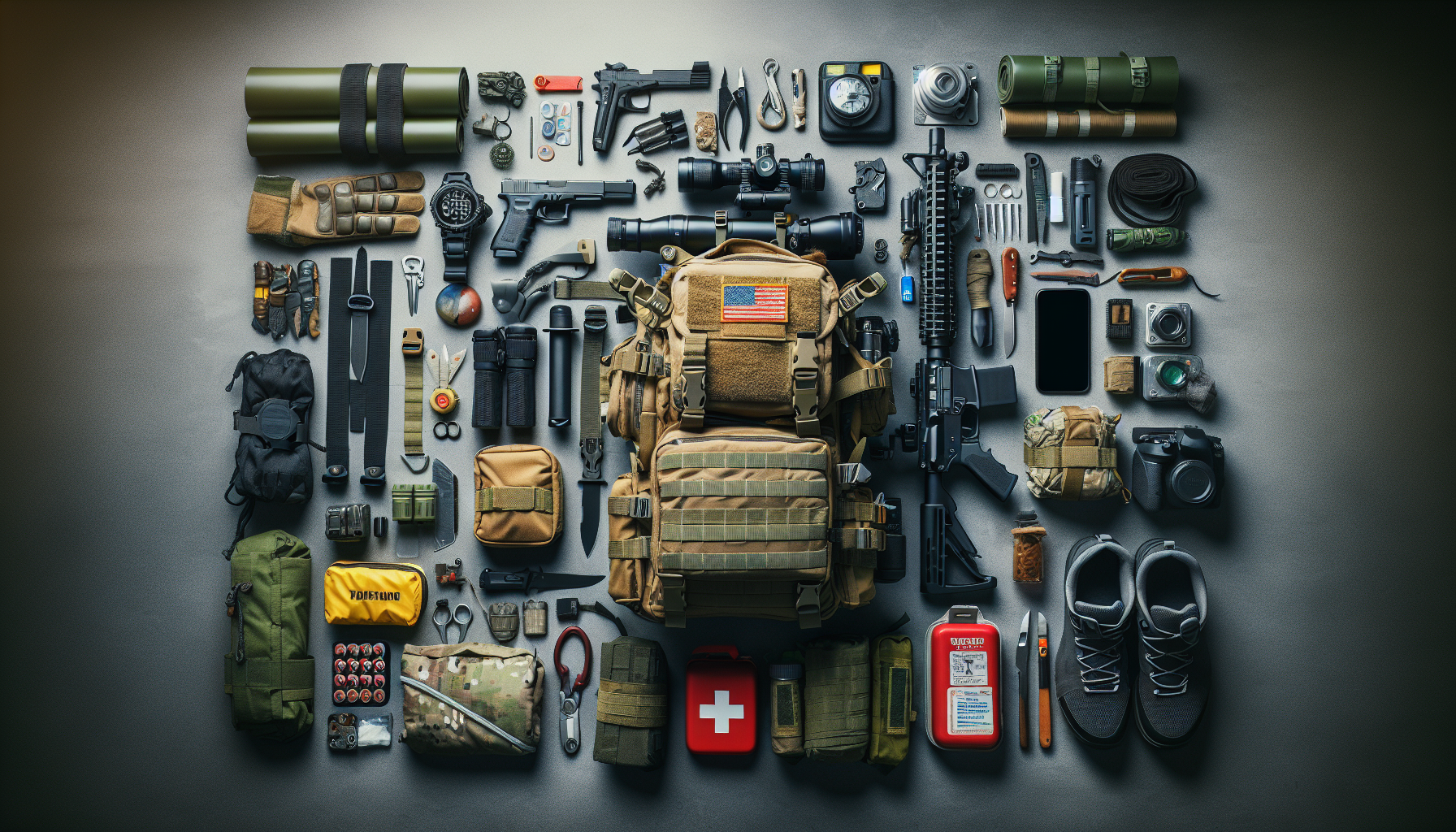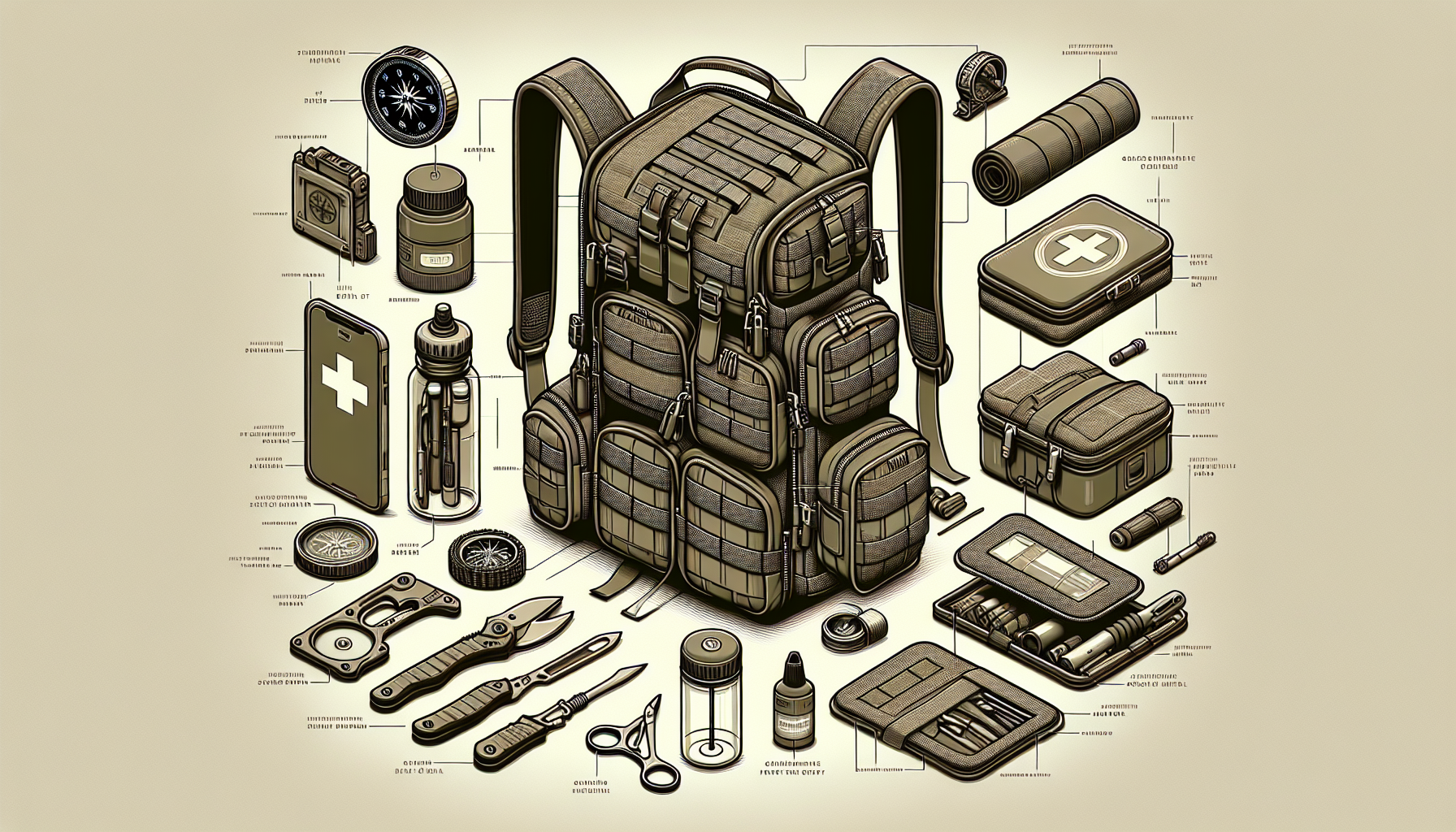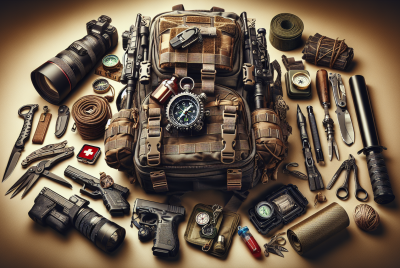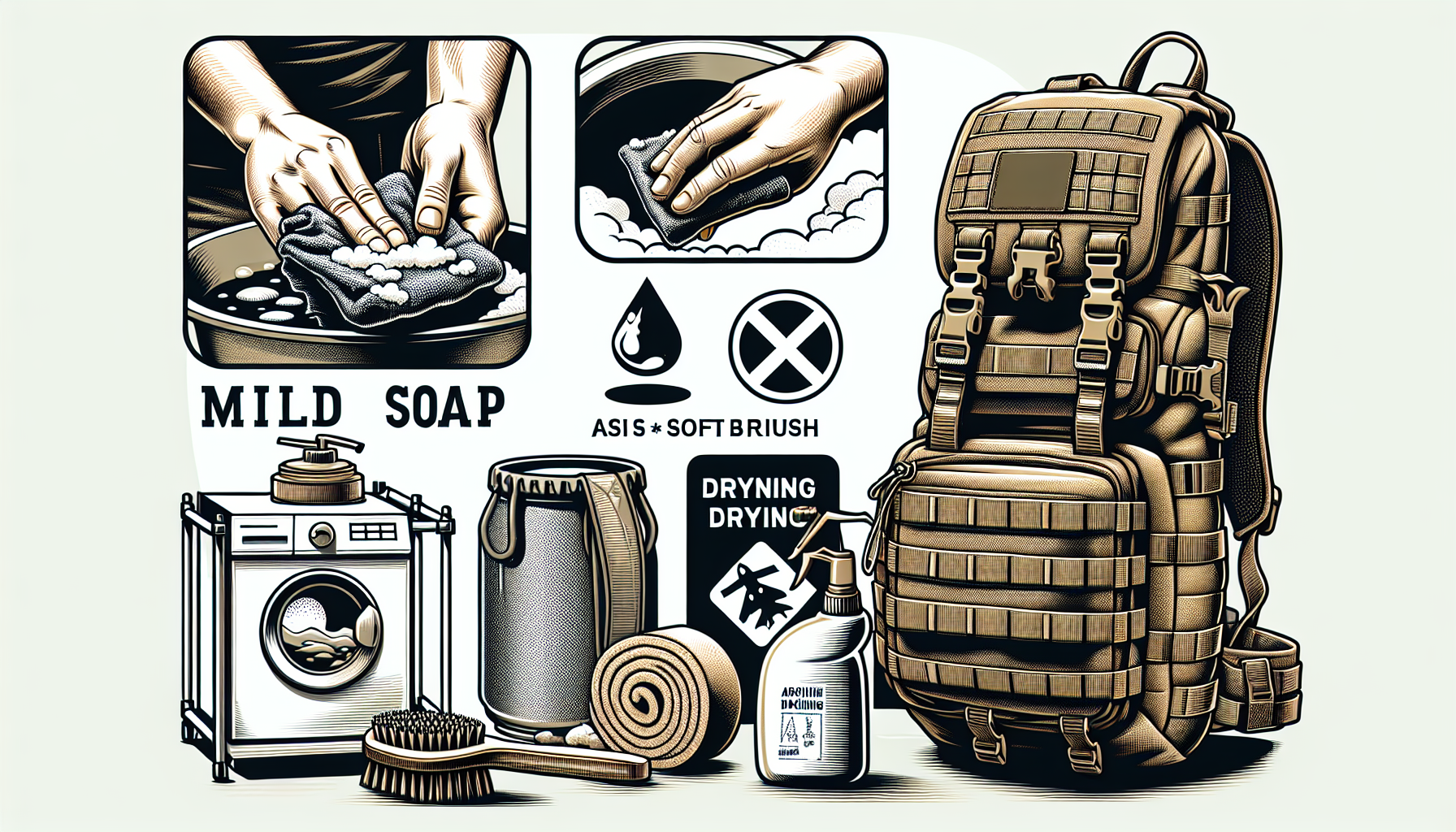The Best Guide 101 To Packing A Tactical Backpack
Have you ever wondered how to effectively pack a tactical backpack for your outdoor adventures? Look no further, because this ultimate guide has got you covered! Whether you’re planning a camping trip, a hiking expedition, or any other outdoor activity, knowing how to pack your tactical backpack efficiently is crucial for a successful and enjoyable experience. In this article, you will find expert tips and tricks to help you maximize the space, organize your gear, and ensure that everything you need is easily accessible. So, get ready to embark on your next adventure fully prepared with this comprehensive guide to packing a tactical backpack!
The Ultimate Guide To Packing A Tactical Backpack
Choosing the Right Tactical Backpack
When it comes to choosing a tactical backpack, there are a few key factors to consider. First and foremost, you want to think about the size and capacity of the backpack. Depending on the length of your outdoor adventure or the specific gear you need to carry, you’ll want to choose a backpack that provides enough space. Additionally, check for durability and quality. Tactical backpacks are designed to withstand rugged environments, so it’s important to ensure that your chosen backpack is made from high-quality materials that can withstand the elements. Lastly, consider the comfort and fit of the backpack. Look for features such as padded shoulder straps and a hip belt to ensure a comfortable fit for long periods of wear.
Essential Gear and Equipment
Now that you have your tactical backpack, it’s time to start packing. When it comes to organizing your gear and equipment, it’s important to consider the different categories of items you’ll be carrying. Think about clothing and personal items, such as extra socks, underwear, and toiletries. Navigation and communication tools, like a compass or a two-way radio, are crucial for staying on track and staying connected. Shelter and sleeping gear, such as a tent or a sleeping bag, provide a safe and comfortable place to rest. Cooking and food supplies, such as a stove and freeze-dried meals, keep you fueled during your outdoor adventures. Don’t forget to pack a first aid and medical kit to address any unexpected injuries or illnesses that may arise. Lastly, tools and utility items, such as a multi-tool and duct tape, can be lifesavers in various situations.
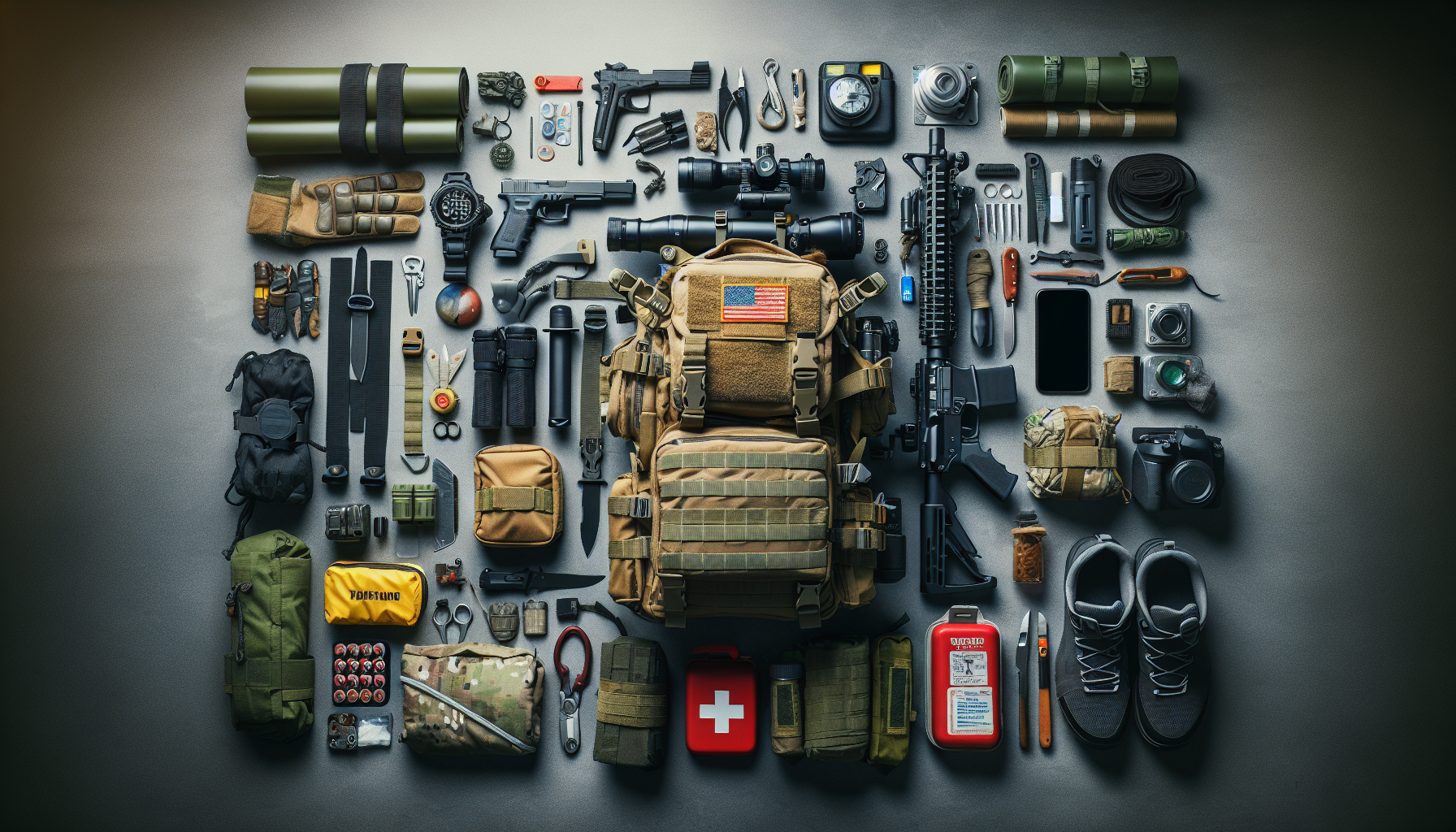
Organizing Your Gear
To make the most of the space in your tactical backpack, it’s important to have a system for organizing your gear. There are several techniques you can use to achieve this. One option is to use packing cubes or dry bags to compartmentalize your items. This not only keeps things organized but also protects them from moisture. It’s also helpful to separate your gear by category. Keep all your clothing in one section, your navigation tools in another, and so on. Another useful tip is to utilize compression straps. These straps can help compress your gear and make more room in your backpack. Lastly, consider the weight distribution when packing your backpack. Place heavier items at the bottom of the backpack and distribute the weight evenly to ensure optimal balance and comfort.
Prioritizing Essentials and Accessibility
When packing your tactical backpack, it’s important to keep in mind which items you’ll need to access most frequently. Keep these items easily accessible by placing them in exterior pockets or at the top of your backpack. This includes essentials like your water bottle, snacks, and a map. On the other hand, store emergency supplies in easily reachable locations, such as a designated compartment or a pouch on the hip belt. In emergency situations, every second counts, so having quick access to items like a flashlight or a whistle can be crucial. Lastly, prioritize functionality over aesthetics. While it’s important to have a backpack that looks good, the primary focus should be on its functionality and ability to meet your needs in the outdoor environment.
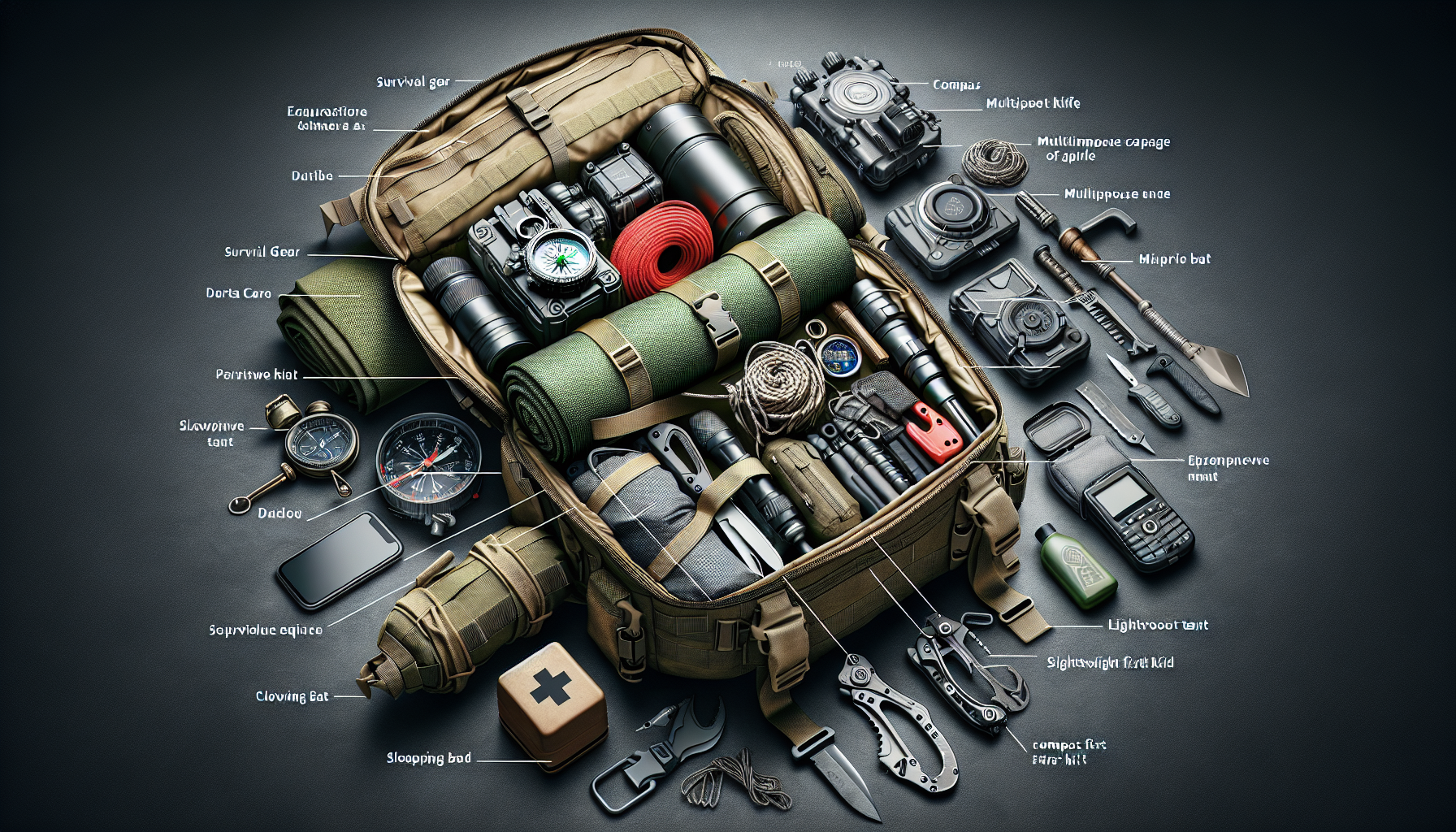
Strategic Packing Techniques
When it comes to packing your tactical backpack, there are a few strategic techniques you can employ to maximize space and efficiency. One technique is to utilize the bottom of the backpack for heavier items. This helps to maintain balance and stability while carrying the backpack. When it comes to packing clothes, consider rolling them rather than folding them. This not only saves space but also prevents wrinkles. Maximize available space with efficient stacking. Place items that fit together well, such as a stove and a pot, inside each other to save room. For smaller items, secure them in pockets or compartments to prevent them from getting lost or damaged. Finally, consider creating a dedicated space for a water bladder if you’ll be hiking or engaging in activities that require frequent hydration.
Considerations for Specific Outdoor Activities
Depending on the specific outdoor activity you’ll be participating in, there are additional gear considerations to keep in mind. For hiking and camping, you’ll want to prioritize lightweight and compact gear that won’t weigh you down. Survival and emergency preparedness may require extra items like fire starters, emergency blankets, and a signal mirror. Tactical and military operations may require specialized equipment such as ammunition or night vision goggles. For hunting and fishing, you’ll need gear specific to those activities, such as a hunting knife or fishing rods. Lastly, for photography and videography, you may need to pack camera equipment and tripod stands to capture those breathtaking moments in nature.
Maintaining Proper Weight Distribution
To ensure a comfortable and balanced backpack, it’s important to maintain proper weight distribution. Start by distributing weight evenly across the backpack. This helps to prevent strain on your shoulders and back. Avoid overloading or unbalanced packing, as this can lead to discomfort and potentially serious injuries. Adjust the straps and hip belt of your backpack to ensure the proper fit. The hip belt, in particular, should be snugly secured around your hips to transfer the weight from your shoulders to your hips. Lastly, regularly reevaluate and adjust the weight distribution as necessary. As you consume food and water or as you retrieve items from your backpack, the weight distribution may shift, so it’s important to make small adjustments accordingly.
Securing and Protecting Your Gear
The last thing you want is for your gear to get lost, stolen, or damaged during your outdoor adventure. To prevent this, there are several measures you can take to secure and protect your gear. Use reliable locking mechanisms, such as combination locks or padlocks, to secure your backpack when not in use or when you’re away from your campsite. Consider waterproofing options, such as rain covers or dry bags, to protect your gear from water damage. Fragile items, like cameras or electronics, should be protected with padding or cases to prevent them from getting jostled or broken. Lastly, make sure to secure loose straps and attachments to minimize the risk of them getting caught on branches or other objects.
Emergency Preparedness and Survival Tips
Even with proper planning and preparation, emergencies can still happen. That’s why it’s important to be prepared for unexpected situations. Carry multipurpose items, such as a versatile tool or a paracord, that can serve multiple functions in different scenarios. Include signaling and navigation tools, like a whistle or a compass, to help others locate you or find your way back if you get lost. Pack emergency rations, such as energy bars or freeze-dried meals, and consider water purification options, like water filters or purification tablets, in case your water supply runs out or becomes contaminated. Lastly, prepare for potential medical emergencies by including a comprehensive first aid kit and any necessary medication specific to your needs.
Regular Maintenance and Inspections
To ensure the longevity and reliability of your tactical backpack, it’s important to perform regular maintenance and inspections. After each use, clean and dry your backpack thoroughly to prevent the growth of mold or mildew. Inspect and repair any straps, buckles, or zippers that may have become damaged or worn out. Replace any components that are no longer functioning properly or are beyond repair. Lastly, check the expiration dates of perishable items in your backpack, such as food or medication, and replace them as necessary to ensure your safety and well-being during future outings.
In conclusion, packing a tactical backpack requires careful consideration of the size, durability, and comfort of the backpack itself. Organizing your gear and prioritizing accessibility will guarantee that you can quickly access essential items during your outdoor adventures. Strategic packing techniques, specific to each outdoor activity, will optimize space and ensure that everything fits snugly and securely in your backpack. Proper weight distribution, securing and protecting your gear, and being prepared for emergencies are vital for a successful and safe outdoor experience. Lastly, regular maintenance and inspections will extend the life of your tactical backpack and ensure that it’s always in optimal condition for your next adventure. Happy packing and enjoy exploring the great outdoors!

